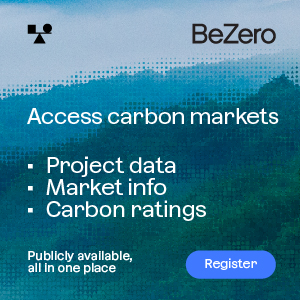South Korean companies have over the past week cancelled more than 1.6 million CERs from the UN registry that will be converted into offsets eligible in the Korean emissions trading scheme at a market value of €10 more per unit compared to the UN market.
With the latest cancellations, Korean firms have cancelled over 5.1 million CERs in total from the UN registry and a somewhat smaller number from the New Zealand registry to use in the supply starved domestic market.
Hu-chems Fine Chemical Corp. cancelled the largest amount of CERs, over 876,000 from two N2O destruction projects.
SL Corp. cancelled around 550,000 CERs, the Korea Water Resources Corp. 160,000, while some 30,000 were cancelled from a project owned by the Korea District Heating Corporation Project.
With proof of cancellation from the UN, the Korean government will issue an equivalent number of Korean Offset Credits (KOCs) to the holders, which can be used for compliance in the Korean emissions trading scheme when converted further into Korean Carbon Units (KCUs).
KCUs are currently valued on the Korea Exchange at 13,700 won (€10.37), although slightly higher prices can be achieved in the OTC market. In comparison, CERs trade in Europe for only €0.43.
The latest cancellations will be another small step towards alleviating the supply dearth that has contributed to crippling the Korean market.
With over 40 industry groups and companies filing lawsuits against the government demanding increased allocation, even potential sellers are “walking on eggshells” to avoid creating an impression that they are long, according to Jin Kim, an emissions broker with The ITC.
“Even companies that have realized they have a surplus have decided to bank it rather than sell the allowances in the market,” he told Carbon Pulse.
He said the government should consider allowing firms other than compliance entities to trade allowances in a bid to boost liquidity, as well as introducing futures contracts to supplement the existing spot market.
“For more credit volumes, early acceptance of CERs generated from foreign CDM projects – at least projects in which Korean companies participated – can be considered. Currently, credits from foreign projects are not allowed until 2020. When more credits come to the market, it will contribute to resolving the current supply-demand gap,” Kim said.
By Stian Reklev – stian@carbon-pulse.com
Not yet signed up to CP Daily? Subscribe to our free newsletter here



